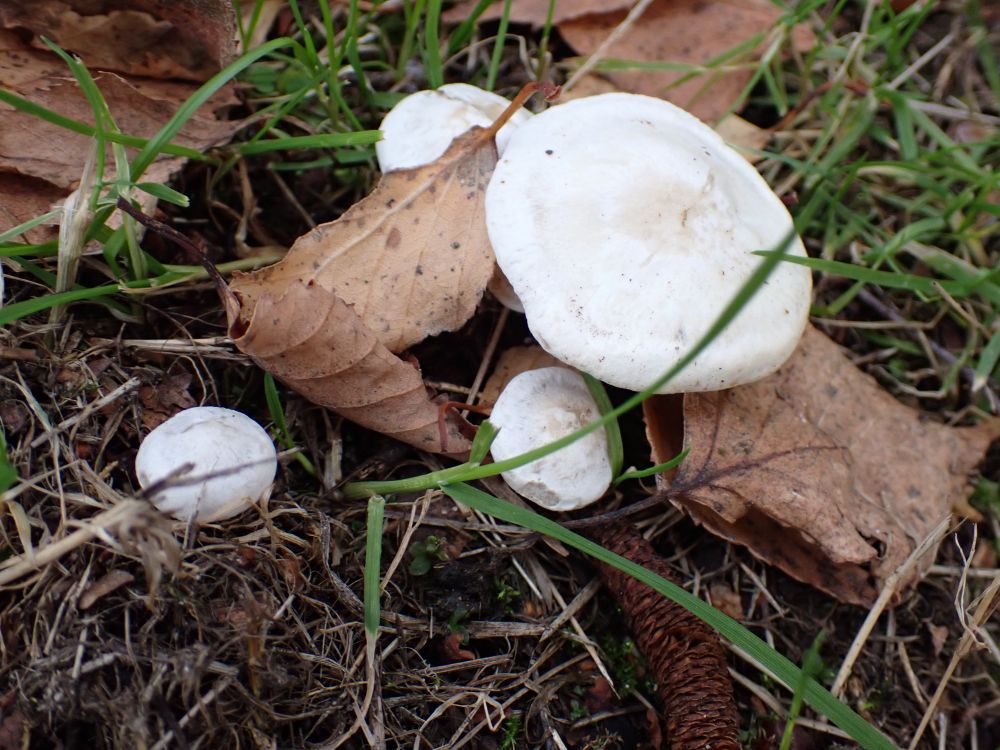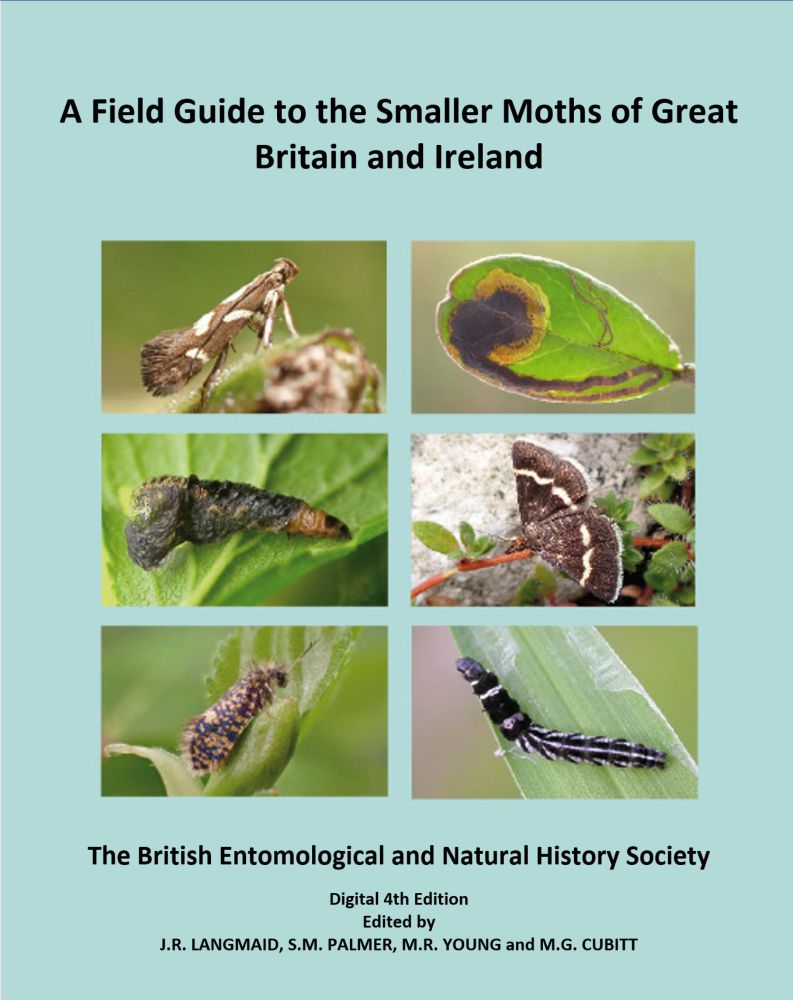




Seen on a rotten pine stump on Saturday's Norfolk Fungus Study Group foray in Thetford Forest.
www.first-nature.com/fungi/pseudo...
#Fungi #FungiFriends



Seen on a rotten pine stump on Saturday's Norfolk Fungus Study Group foray in Thetford Forest.
www.first-nature.com/fungi/pseudo...
#Fungi #FungiFriends
I never tire of seeing these lovely fungi on dead pine cones.
Seen on Saturday's Norfolk Fungus Study Group foray in Thetford Forest.
www.first-nature.com/fungi/baeosp...
#Fungi #FungiFriends #MushroomMonday


I never tire of seeing these lovely fungi on dead pine cones.
Seen on Saturday's Norfolk Fungus Study Group foray in Thetford Forest.
www.first-nature.com/fungi/baeosp...
#Fungi #FungiFriends #MushroomMonday
On a previous visit they'd been damaged by leaf blowers but today I found some in situ.
#Fungi #FungiFriends #MushroomMonday




On a previous visit they'd been damaged by leaf blowers but today I found some in situ.
#Fungi #FungiFriends #MushroomMonday
On woodchip at UEA, Norwich, today.
Distinct purple-red cap and smell of nettles, currants or cat pee. (Nicer than it sounds.)
Only second time I've seen it, so a bit of a treat!
www.first-nature.com/fungi/psathy...
#Fungi #FungiFriends #MushroomMonday




On woodchip at UEA, Norwich, today.
Distinct purple-red cap and smell of nettles, currants or cat pee. (Nicer than it sounds.)
Only second time I've seen it, so a bit of a treat!
www.first-nature.com/fungi/psathy...
#Fungi #FungiFriends #MushroomMonday



Wondering which trap to use? Or if different bulbs collect different species?
Using 100k samples from @gardenmothscheme.bsky.social our new paper looks at these questions and more! With with Bill Kunin and @katatrepsis.bsky.social
#mothsmatter #teammoth

Wondering which trap to use? Or if different bulbs collect different species?
Using 100k samples from @gardenmothscheme.bsky.social our new paper looks at these questions and more! With with Bill Kunin and @katatrepsis.bsky.social
#mothsmatter #teammoth

A lovely fungus, one of the best I've seen all year.
Only five records on FRDBI (The Fungal Records Database of Britain and Ireland).
#Fungi #FungiFriends
Found in a damp woodland on rich calcareous soil in West Norfolk.
First Norfolk record since 1920.
Had a slightly fruity smell. White spores.
I'm drying a fruitbody for verification by our group's DNA team.
#Fungi #FungiFriends




A lovely fungus, one of the best I've seen all year.
Only five records on FRDBI (The Fungal Records Database of Britain and Ireland).
#Fungi #FungiFriends







Nuthatch by @willrose.bsky.social

Nuthatch by @willrose.bsky.social
#bioacoustics @naturalengland.bsky.social

#bioacoustics @naturalengland.bsky.social









